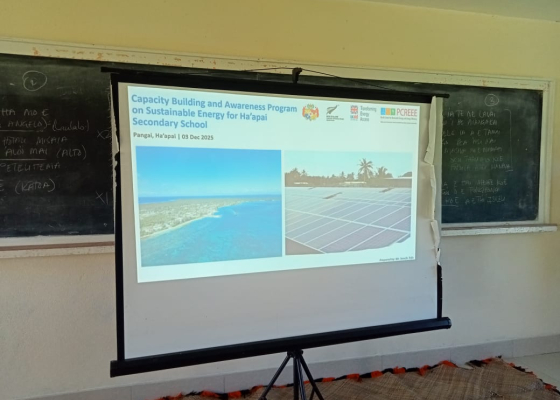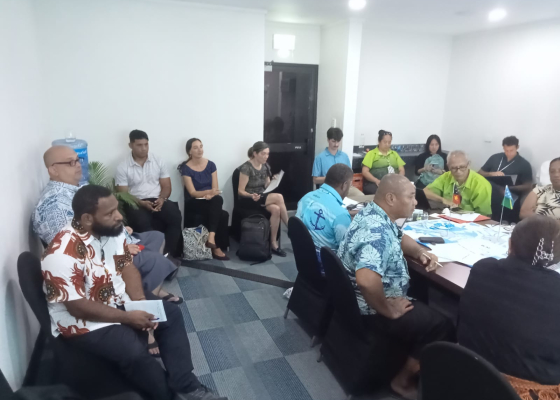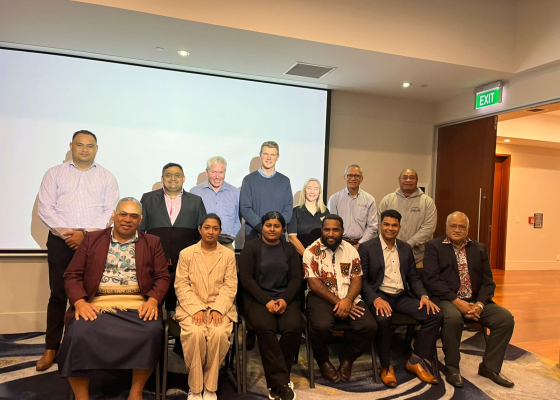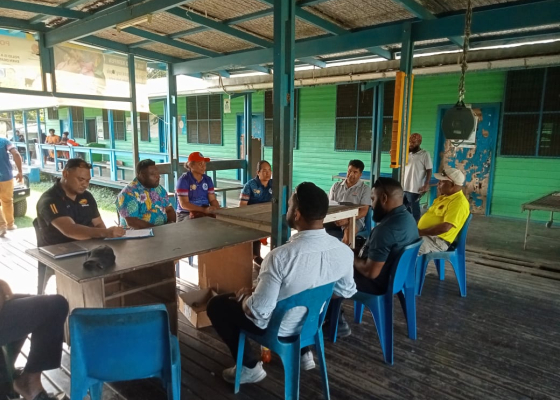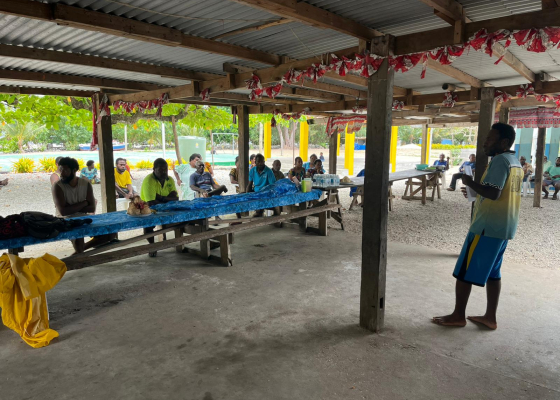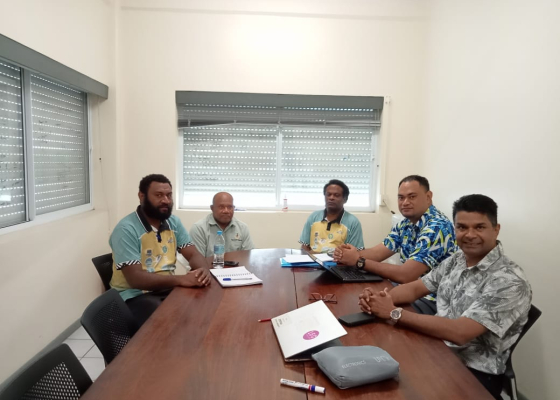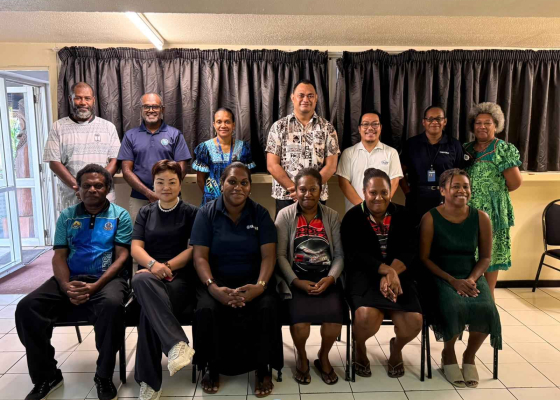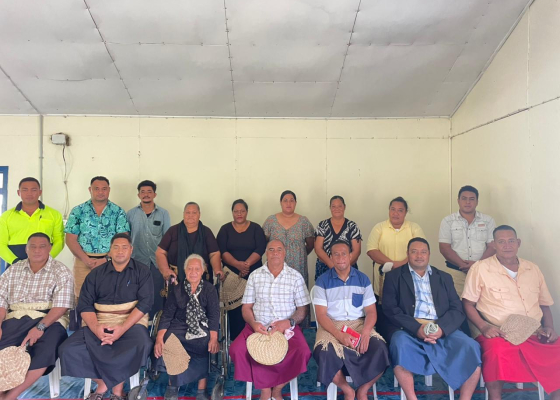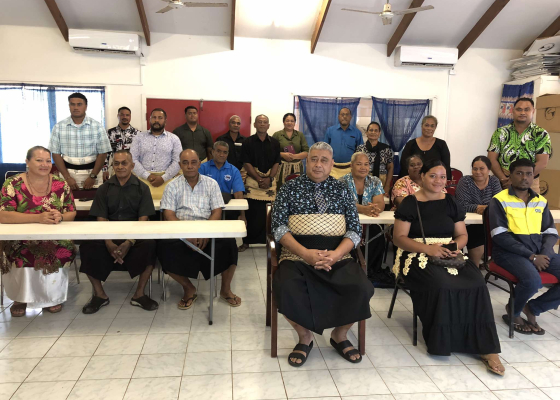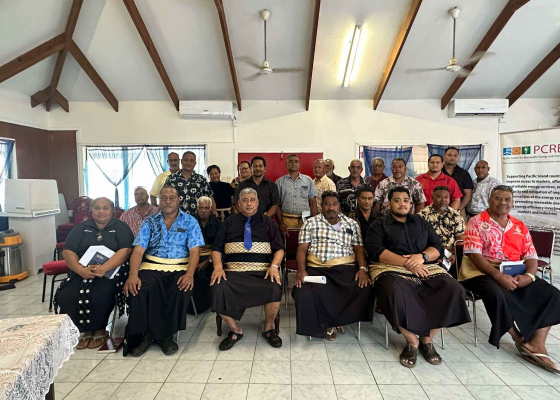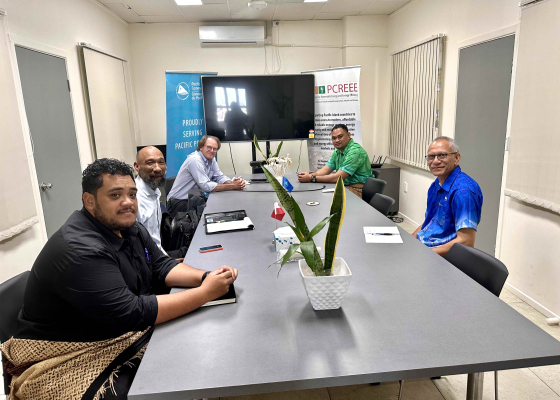Coconut Resource Assessment Using Pan-Sharpened QuickBird Image Data and Field Inventory Sample Plots
The area of the island Pohnpei was mapped with very high resolution image data (VHR), which allows: a) a stratification of the coconut area into three different densities; and b) a counting of coconut palms from the image data.
This is very precise synoptic information and provides a clear picture of the area. There was cloud cover over about one third of the island preventing image analysis, however, this was mostly in the mountain region where coconut palms are not planted.
Forty two field inventory plots were established where the palms were counted, measured and yield and age was estimated. The result was that the age was very young and the productivity of coconuts per palm was less than FAO states as standard. This might be based on a biased selection of inventory plots. The team had to select plots where access was allowed as randomly distributed plots would have required more time for landowner permission.
The main factor that reduces the amount of harvestable coconut is the accessibility of the stands. With the available digital road network and the assumption at the manual carry of coconuts will not exceed 350 m in semi dense stands and not exceed 50 m, a GIS buffer zonation was conducted. Applying this, 90 % of dens coconut area and 20 % of semi dense coconut area fall out of production area. This situation has to be investigated further as stated in chapter 4.3.
Upcoming Events
-
01/19/2026 to 01/23/2026
-
03/02/2026 to 03/03/2026







